In Paris for the women’s spring/summer 2026 collections, freedom was felt. It was important for me to attend this season because getting to experience the shows and see the clothes in real life helps me…
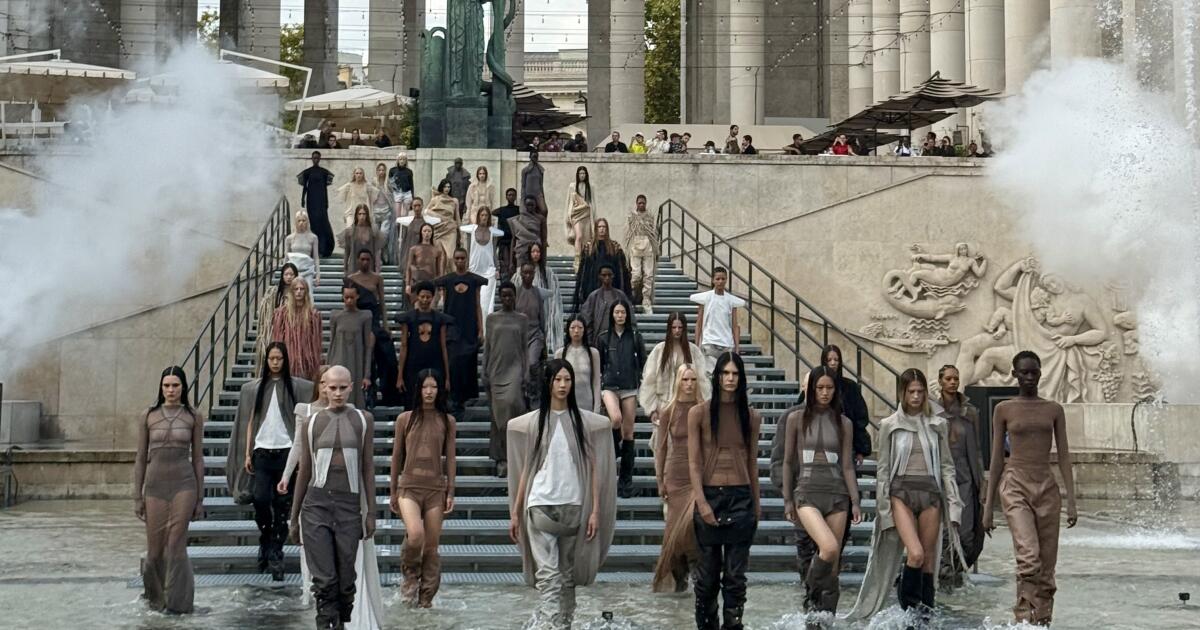
In Paris for the women’s spring/summer 2026 collections, freedom was felt. It was important for me to attend this season because getting to experience the shows and see the clothes in real life helps me…
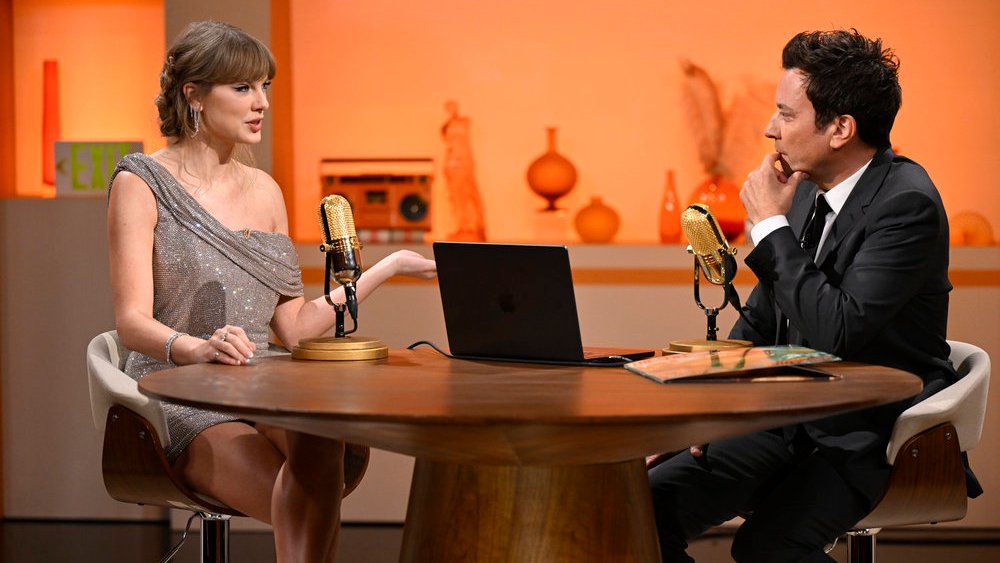
NBC will air a special episode of “The Tonight Show” on Friday featuring an extended cut of Jimmy Fallon‘s recent interview with Taylor Swift.
Swift appeared on “The Tonight Show” on Monday in promotion of her 12th studio album…
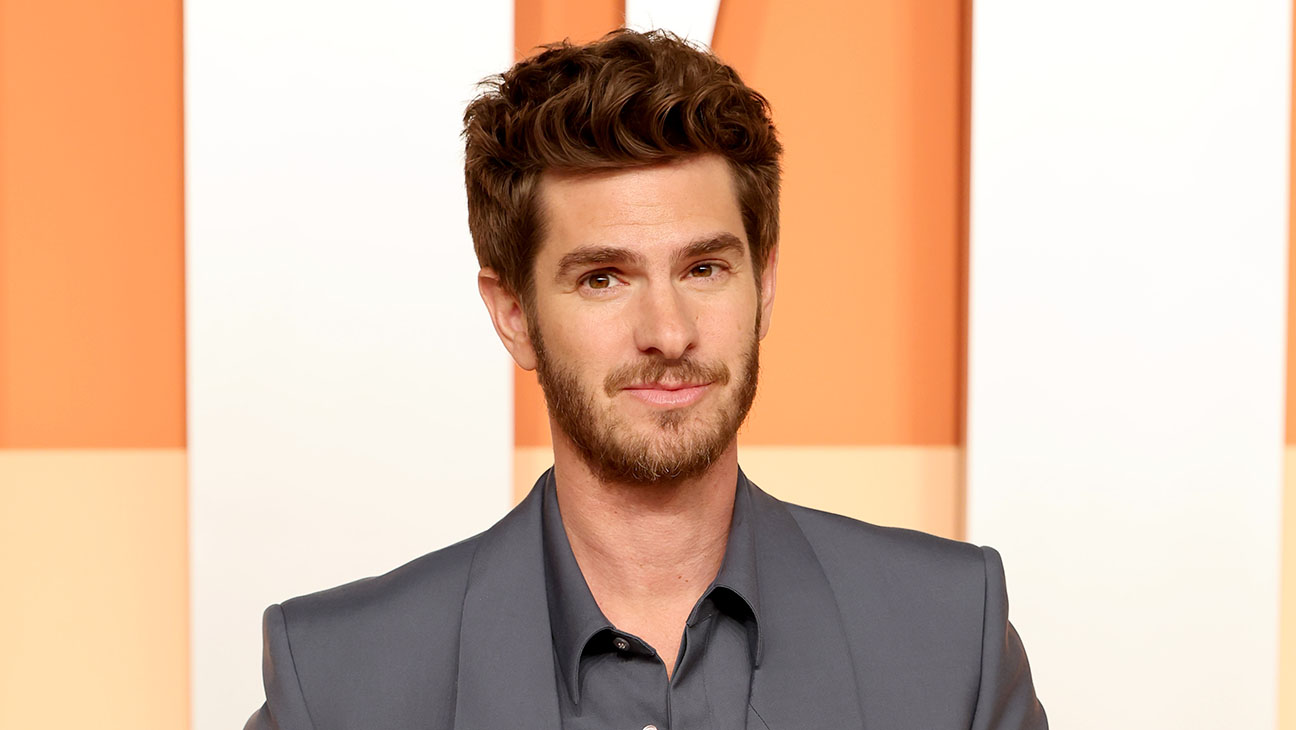
Andrew Garfield didn’t intentionally mean to make the internet obsess over his onstage look at the 2025 Golden Globe Awards.
While speaking with MTV’s Josh Horowitz, the After the Hunt actor was asked whether he knew of his…

 Stirling Council
Stirling CouncilWork is under way on a £16m project to transform former Ministry of Defence (MoD) land in Stirling into one of Scotland’s largest film production sites.
Continue Reading

On October 8, 2025, the MICHELIN Guide revealed the brand new One, Two, and Three Key distinctions for the most outstanding hotels in Japan.
The MICHELIN Guide now includes over 7,000 hotels across the world, and not a single one is…

Dolly Parton has declared she “ain’t dead yet” after her sister raised concerns about the singer’s health by asking people to pray for her.
“There are just a lot of rumours flying around. But I figured if you heard it from me, you’d…
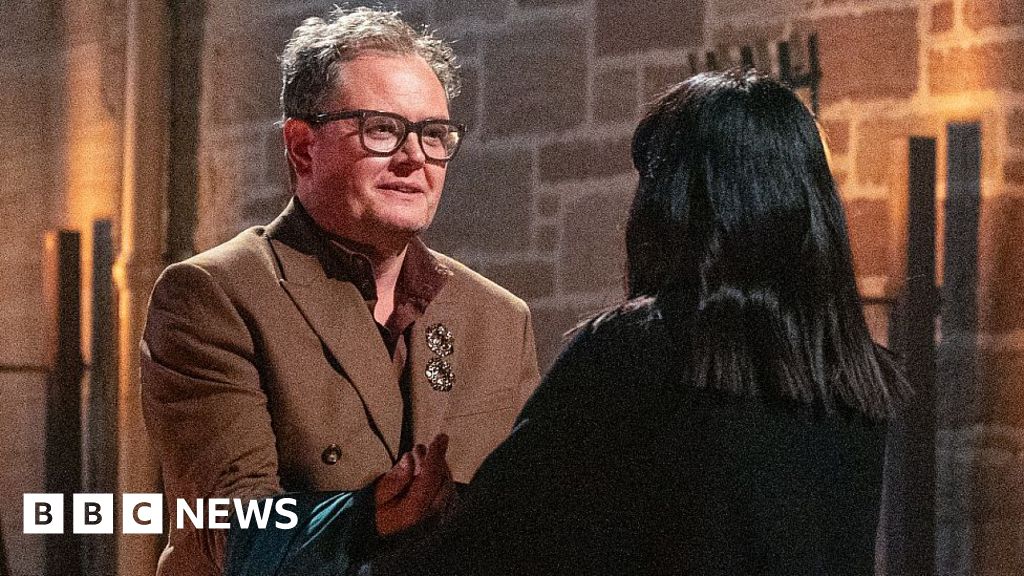
Steven McIntoshEntertainment reporter
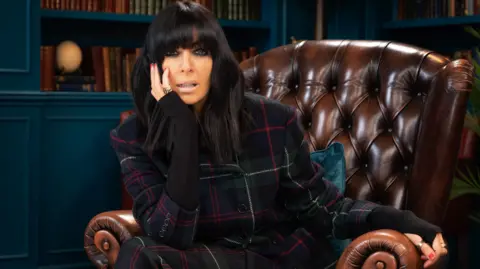
TV shows with famous…

Throughout the summer and fall of 2025, The MICHELIN Guide announced nominees for the very first hotel awards. Chosen by our Inspectors, the nominees for each award — Architecture & Design, Wellness, Local Gateway, and Opening of the…
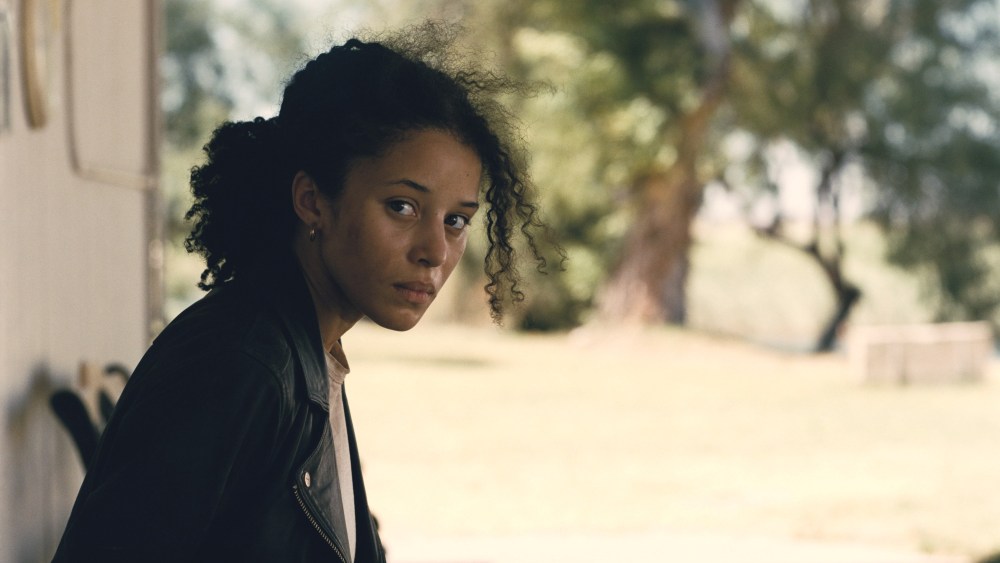
Chase Infiniti is chasing one Oscar after another.
The critically acclaimed action-thriller “One Battle After Another,” directed by Paul Thomas Anderson, is quickly gaining momentum in this year’s awards race. Awards strategists and…